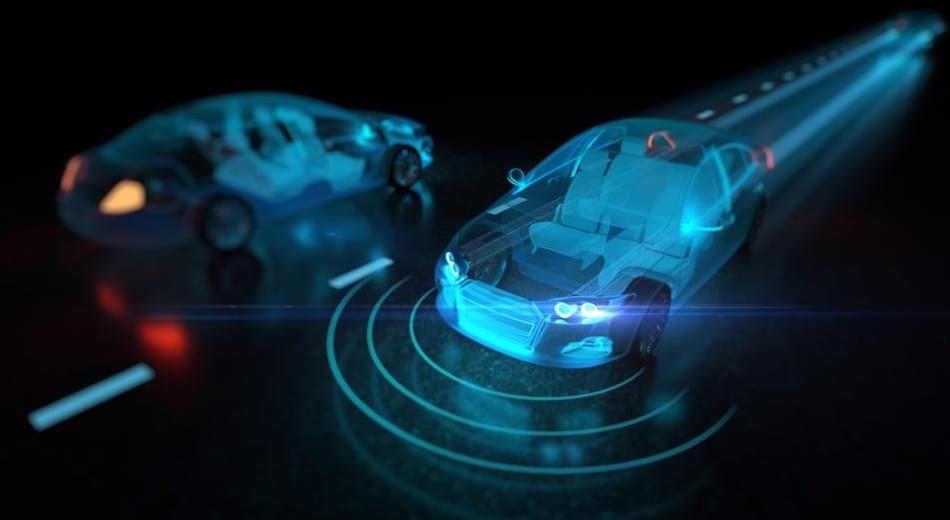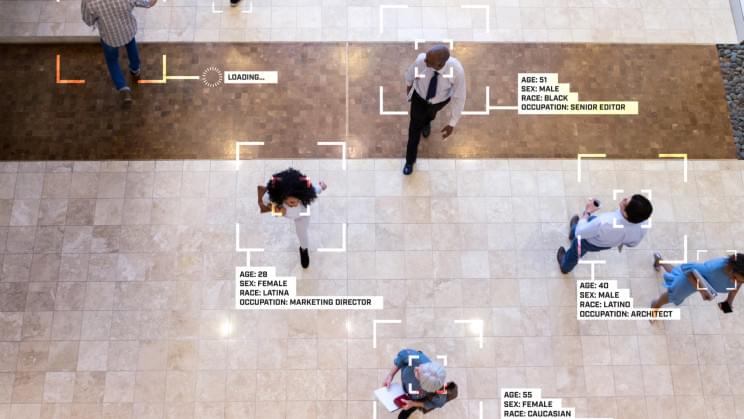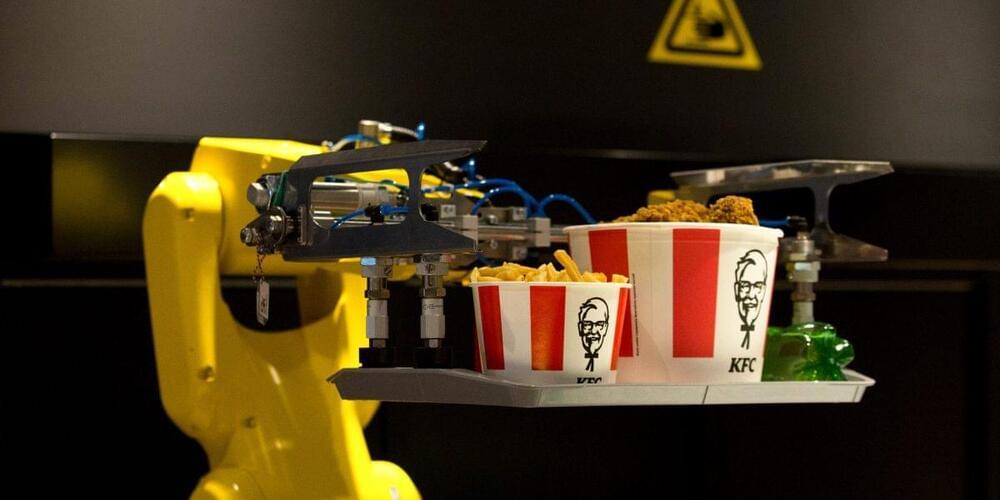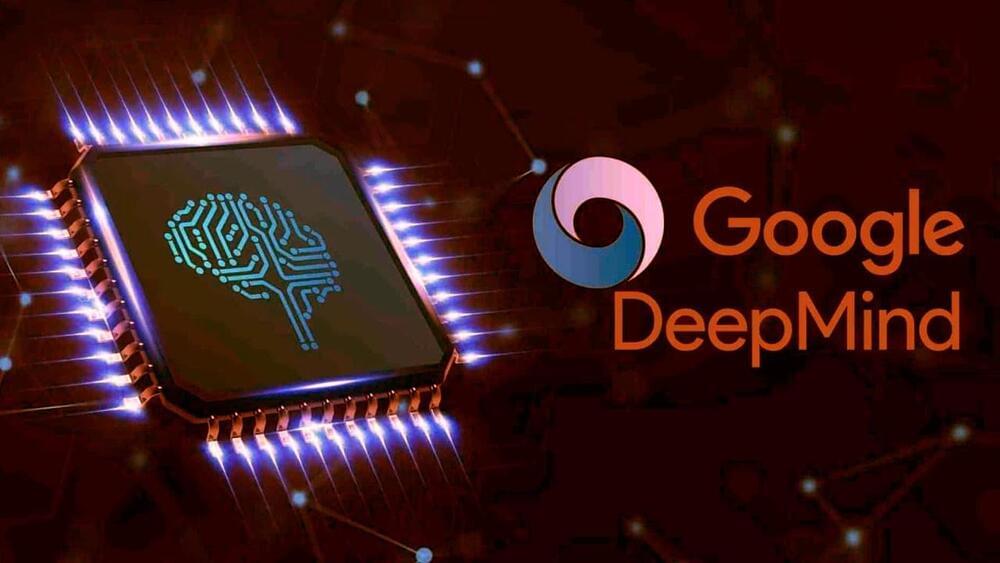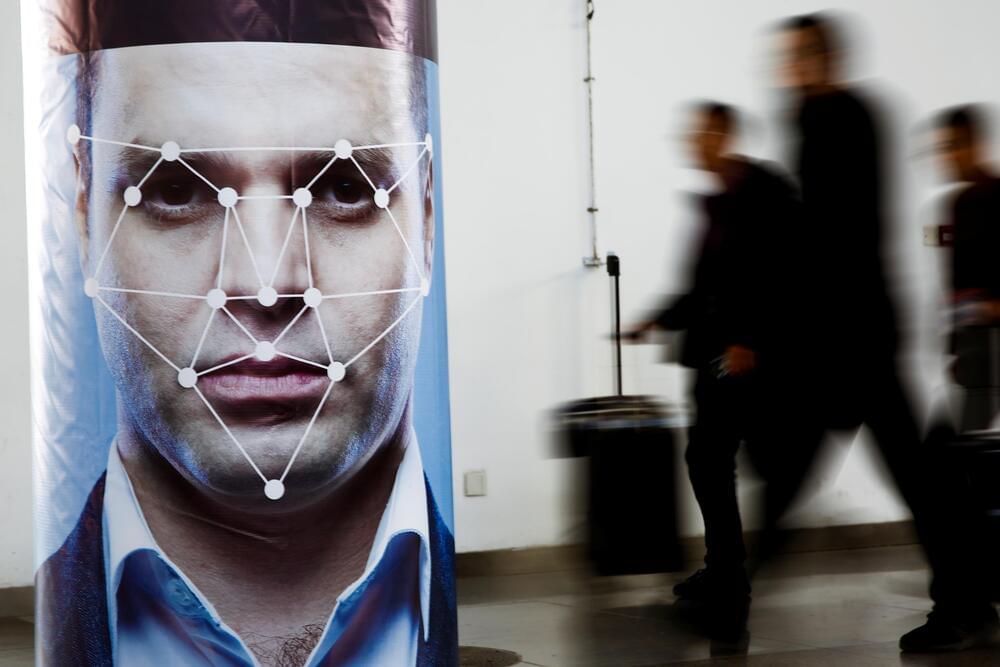Quickly, tell me what you think a self-driving car looks like. Most people have not seen a self-driving car in the wild, so to speak, having only seen self-driving cars indirectly and as shown in online videos, automotive advertisements, and glossy pictures posted on social media or used in daily news reports. For those people that perchance live in an area whereby self-driving cars are being tested out on public roadways, they tend to see self-driving cars quite often. The first reaction to seeing a self-driving car with your own eyes is that it is an amazing sight to see (for my first-hand eyewitness coverage of what it is like to ride in a self-driving car, see the link here). This is the future, right before your very eyes. One day, presumably, self-driving cars will be everywhere, and they will be a common sight. We won’t take notice of self-driving cars at that juncture, treating them as rather mundane, ordinary, and all-out ho-hum. Right now, they are a marvel to behold. Full Story:
